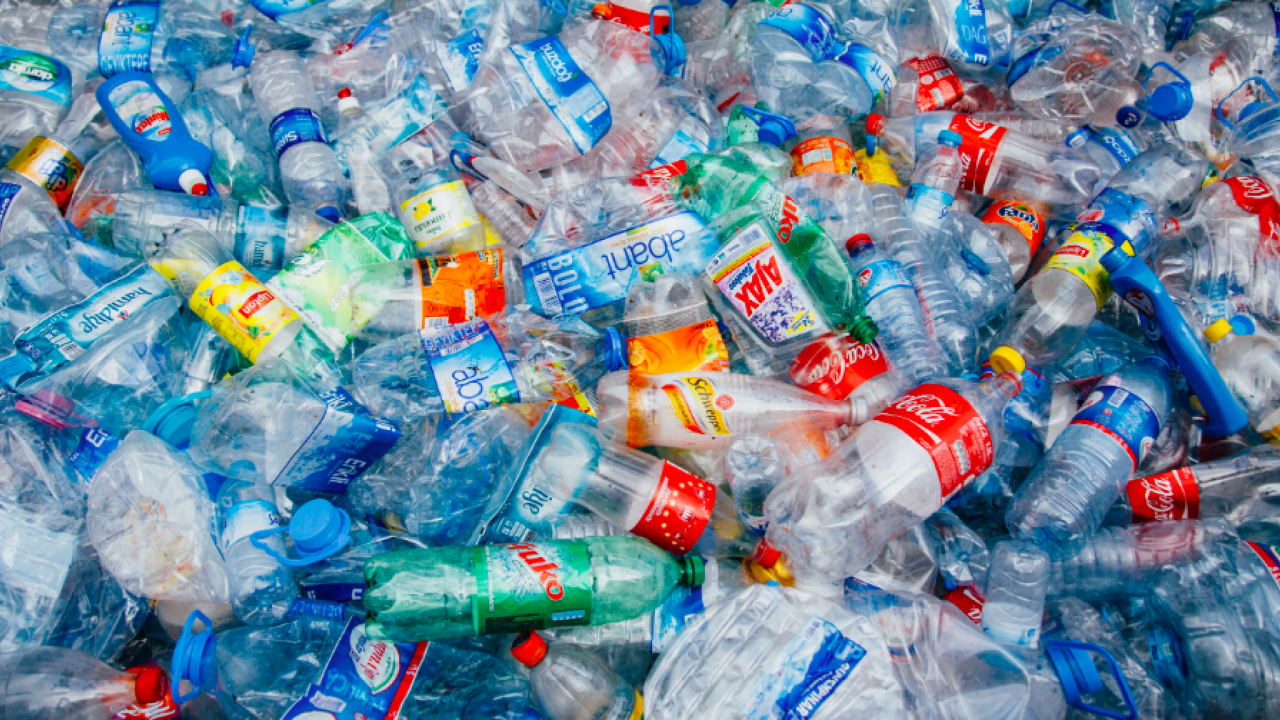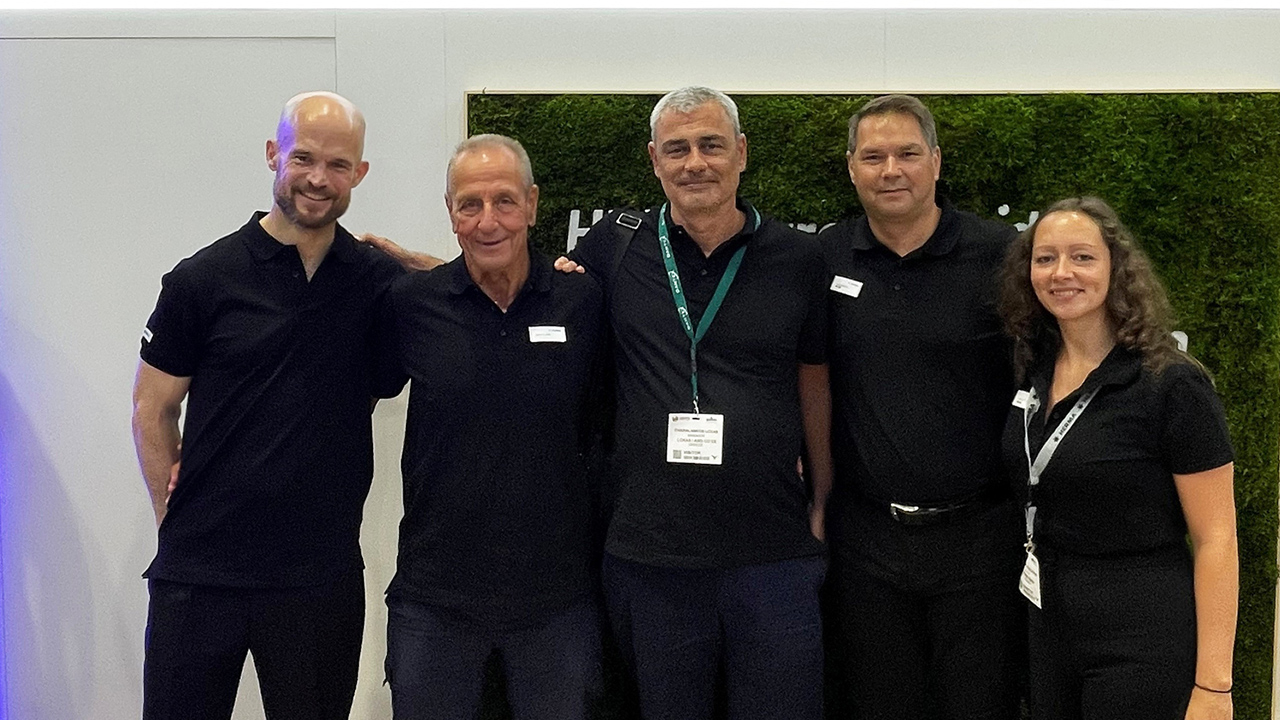Seminar addresses liner sustainability

Rosalyn Bandy, TLMI director of Environmental Strategies & Outreach, told delegates that environmental awareness, particularly amongst millennials, was being focused by the campaign against one-use plastics. ‘Reduce, Reuse, Recycle is not working – it’s not enough. Globally one million PET bottles are purchased every minute and 91 percent do not get recycled,’ said Bandy. In 2018 the US had a 28.4 percent gross recycling rate for bottles, a drop of 2 percent from 2015 and the lowest rate in four years. ‘Most of what is recycled is down-cycled and ultimately landfilled in the form of things like clothing fibers.’
The fact that most waste has been shipped to China up to now has hidden the extent of the problem. The US alone exported U$16.5bn of scrap in 2017, with paper and plastics accounting for $3.9bn. ‘Over 40 percent of US discarded plastics ended up in China last year,’ said Bandy. With China banning all imports of scrap materials by 2020, recycling is set to become more expensive.
Bandy said the real game changer will be ‘Tertiary Recycling’, where the chemical building blocks of plastics – the monomers – are recovered and used to manufacture new films and containers.
‘So the molecules are always in motion. We can produce virgin-like recycled polymers without trade-offs in performance.’
Bandy explained that P&G was the inventor of the PureCycle process and the technology has been licensed for use in a new plant in Cincinnati looking at recovering polypropylene.
Loop Industries is another industry group developing tertiary recycling technologies, with partners including L’Oreal, Gatorade, Evian and Pepsico. Its products have been FDA approved.
TLMI itself entered into a partnership with Circular Polymers in 2017 to run trials on PET release liner. Up to now PET liner could not be recycled along with PET containers because of contamination caused by residual labels and because the recycled material is discolored by the silicone. ‘With tertiary recycling PET liner can be recycled along with any attached labels, shrink sleeve packaging or PP and HDPE cores because all the material is broken down to the monomer. This will mean all PET liners can enter the circular economy.’
This is planned as a global initiative, with more CP plants planned for 2019. TLMI will lead for North America and is already working with Finat to widen the geographical scope.
Robert Parker, owner of converter Label King and chair of TLMI’s recycling committee, pointed out the problems in collecting liner waste in commercial quantities, which means 270,000 tonnes of liner waste is landfilled in the US annually. ‘We at Label King decided seven years ago to offer label liner recycling as a value-added service with which we’re currently working with five customers. It is not an easy thing to do and not cost effective – I actually pay money for it. But it’s doing the right thing and it’s gaining momentum.’
Parker’s biggest frustration is not knowing what happens to the liner waste he collects. ‘This scares the heck out of me, and we are not sure what to do about it. We need to work together to figure this out. Just take paper – can liner go in with office paper, or mixed paper? I don’t know.’
The worst-case scenario is politicians taking unilateral action on liner waste. ‘We are very vulnerable here in California, which is the fifth biggest economy in the world. We already have proposition 67 which says grocery stores cannot hand out single use plastic bags, and some counties have banned straws or single-use utensils. Things are happening fast. So we need to come up with a solution before they come for us.’
Parker says labelstock and liner manufacturers have a key role to play in finding solutions, after which label converters can help get the message out to their customers. ‘We can include on our packing lists how to recycle the liner, or print it on the cores or on the back liner itself.’
Parker says that with education, customers could be persuaded to stop using bleached white grades. ‘As long as it works they are fine – especially if you give them the message it’s recyclable. Some brown liners are bleached then bleached back to brown to seem more recyclable!’
Another issue is the shortage of new pulp in the paper industry. ‘If liner waste is co-mingled with corrugated, the liner fibers are so fine they can lost in waste water treatment.’
Parker concludes: ‘We are banging our head against the wall sometimes – the execution is the problem. Brand owner priorities are all over the place. And I don’t know what can be recycled, where it can be recycled and with what.’
Stay up to date
Subscribe to the free Label News newsletter and receive the latest content every week. We'll never share your email address.


